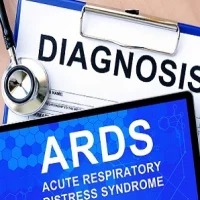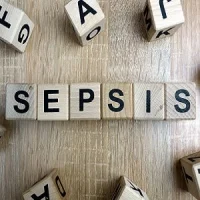Sepsis is a major cause of death among hospitalised patients. It affects nearly 6% of all admissions and results in in-hospital mortality of greater than 15%. Early detection could reduce mortality, as it would result in the timely implementation of evidence-based interventions.
Clinical researchers have developed and implemented a machine-learning algorithm to predict severe sepsis and septic shock. The goal was to evaluate the impact of the algorithm on clinical practice and patient outcomes. The algorithm was based on the systemic inflammatory response syndrome (SIRS). Although machine learning algorithms have been designed to predict sepsis and have also performed well, their use has been focused on ICU populations. But so far, no study has evaluated the large-scale application of these algorithms to predict sepsis in the non-ICU patient setting. In this particular study, the researchers describe the development of a machine learning algorithm for prediction of severe sepsis and septic shock in hospitalised non-ICU patients and the impact of this tool when implemented across a multihospital healthcare system.
Three acute care hospitals were included in the study. 950 patients were included. 587 features that included demographics, vital signs, and laboratory test results were considered. The algorithm was validated on hospitalised non-ICU patients and identified 347 patients predicted to develop severe sepsis or septic shock. For the purpose of this study, severe sepsis was defined as having greater than two SIRS criteria, lactate greater than 2.2, and positive blood or urine culture. Septic shock was defined as having severe sepsis and systolic blood pressure less than 90 mm Hg.
Findings from the study showed that the algorithm demonstrated a sensitivity of 26% and specificity of 98%. The positive predictive value was 29%, and positive likelihood ratio was 13. Researchers did not observe any significant difference in mortality, discharge disposition, or transfer to ICU, although there was a reduction in time-to-ICU transfer.
Overall, this study shows that the machine learning algorithm can predict with low sensitivity but high specificity the occurrence of severe sepsis and septic shock.
Source: Critical Care Medicine
Image Credit: iStock
References:
Giannini et al. (2019) A Machine Learning Algorithm to Predict Severe Sepsis and Septic Shock: Development, Implementation, and Impact on Clinical Practice. Critical Care Medicine, 47(11):1485-1492.
Latest Articles
Sepsis, septic shock, machine learning, ICU
Researchers have developed a machine learning algorithm that can predict the occurrence of severe sepsis and septic shock.










